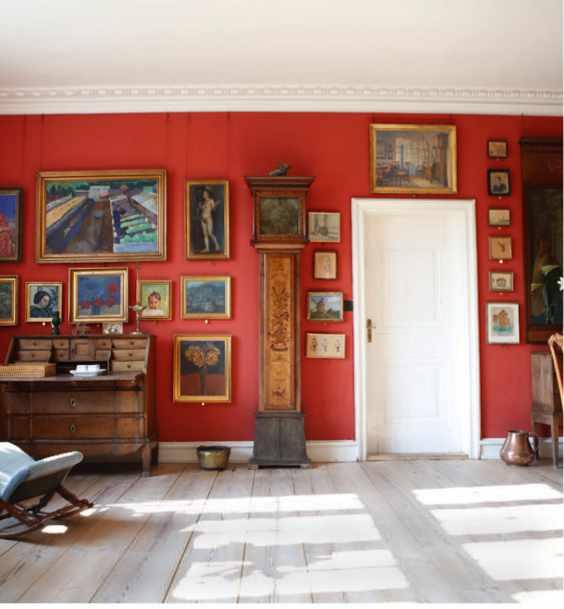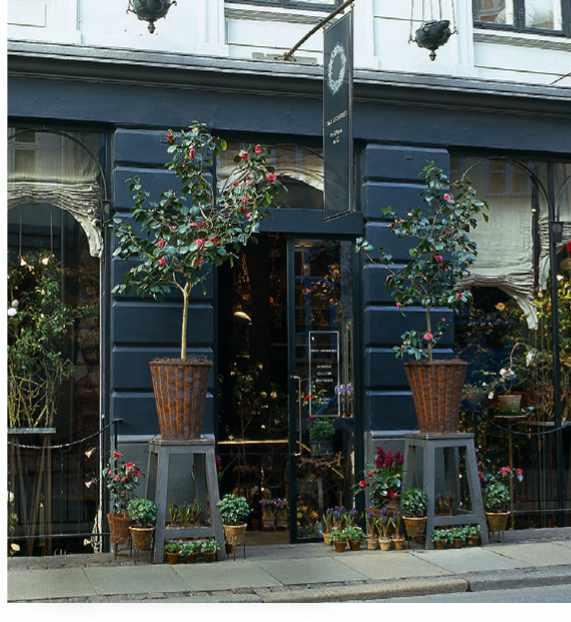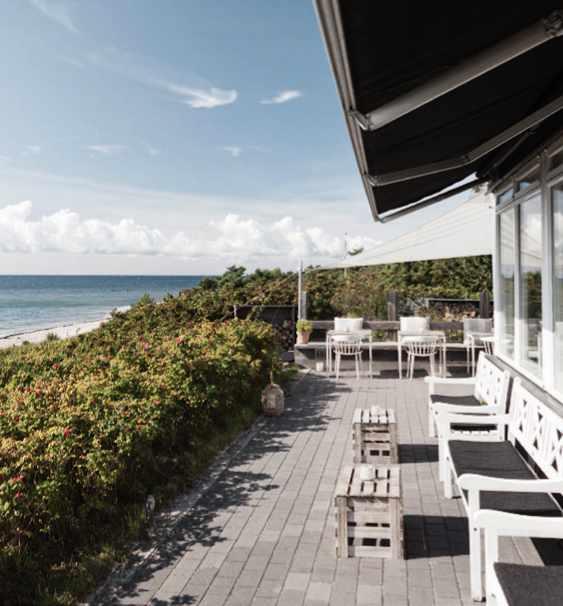
3 minute read
Weekend in… Denmark’s
How to spend a gardener’s weekend in… Denmark’s islands
From historic oval allotments to woodland sanctuaries and food collectives, the Danish archipelago is a hidden world of underexplored islands, each with its own unique character
Denmark is a small country endowed with a disproportionate amount of coastline, as well as cultural influence. Among the more than 400 islands is Funen, sitting between the mainland and Zealand, which is the largest island and home to the capital Copenhagen. Choosing Funen or any of the islands as a base, it is easy to radiate outwards, exploring an archipelago or heading into the Baltic.
Copenhagen
Denmark’s remarkable contribution to 20th-century design is part of its allure; it is a paradise for fans of form and function. Bask in a giant showroom of vintage pieces by Verner Panton and Arne Jacobsen at Roxy Klassik, or, in the centre of town, Klassik Moderne Møbelkunst.
Regarding floral design, artist and visionary Tage Andersen has a retail presence nearby; it is a “must-visit shop,” says Claus Dalby, himself a force of nature in the Danish flower scene. Across the canal at the historically fortified islands of Christianshavn (of which Claus is also a fan), the demographic is diverse, including the semiautonomous commune of Freetown Christiania, founded in the 1970s, in former munitions buildings. Today Christianshavn is a hub for fine dining as well as nautical exploration of every kind, from kayaking to electric boats.

Souvenirs

Best lunch in a garden Amass, Refshalevej, Copenhagen Best dinner in a greenhouse Vækst, Latin Quarter, Copenhagen Best groceries Torvehallerne market place, Frederiksberg, Copenhagen Best pick-me-up Aquavit at Barr, Christianshavn, Copenhagen Best browse Tage Andersen, Copenhagen

Tage Andersen’s shop.
Zealand
Dragør is an ancient fishing village within easy reach of Copenhagen, either by bike or bus. The municipality of Lyngby-Taarbæk is a complete change of scene. The deer park and forest of Jægersborg Dyrehave, originally used as royal hunting grounds, are listed as an UNESCO World Heritage site. At Nærum, 18km north of the city, the Oval Gardens were designed in the middle of the 20th century by the giant of Danish landscaping, Carl Theodor Sørensen. The word ‘allotment’ does not do justice to the unique design; each garden and cottage is set in an ellipse
marked with clipped hedges and separated by neat lawns, with no vehicular access. Further up the coast (10km) Rungstedlund is a landscape of meadows, ponds, orchard and woodland: a sanctuary for migrating birds. It is also the museum and former home of author Karen Blixen.
Oval Gardens.
Funen
Across a very long bridge from Zealand, on the way to Odense (Funen’s main city), the Romantic Garden Sanderumgaard is a 300-year-old designed landscape, open for walks and picnics. On the coast, further north, the home of artists Johannes and Alhed Larsen has been maintained as a furnished museum and garden, filled with the flowers that they liked to paint, as members of the Funen Artists in the early 20th century. Egeskov is a fairytale moated castle, not far from the birthplace of Hans Christian Andersen. The South Funen Archipelago consists of scores of islands and islets, many of which are reachable by canoe, and some by tractor, depending on the tide. Leave from historic Svendborg or, further west, lovely Faaborg. From here, the island of Helnæs boasts “very beautiful nature”, in the words of Funen photographer Mette Krull.
Home of the early 20th-century artists Johannes and Alhed Larsen.
Bornholm
The Danish island of Bornholm faces Sweden to the north, and Poland to the south. The island is a foodlover’s hot spot and the birthplace of Kadeau, anointed with Michelin stars both here and at the urban outpost in Copenhagen. Head chef and co-owner Nicolai Nørregaard is Bornholm born and bred. He has spoken of the terroir of this place in the middle of the Baltic, where crops are bountiful at the end of summer – bringing a frenzy of pickling and preserving, in preparation for the long winter. Gaarden is a food collective, where people can eat, buy and learn about food. Green Solution House in Ronne is a Danish classic: a beautifully designed, waste-free hotel, shaped like a giant paper fan.
Kadeau, Bornholm.
COMPILED BY KENDRA WILSON. PHOTOGRAPHY: KENNETH OEKSNEBJERG, BENT REJ / TAGE ANDERSEN GALLERY










